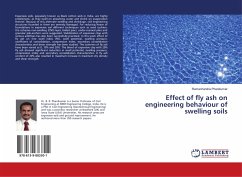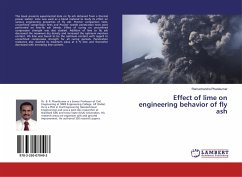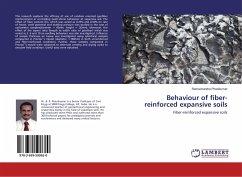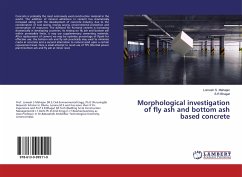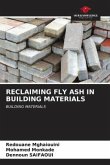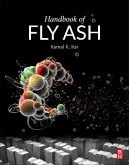Expansive soils, popularly known as black cotton soils in India, are highly problematic, as they swell on absorbing water and shrink on evaporation thereof. Because of this alternate swelling and shrinkage, civil engineering structures founded in them are severely damaged. For reducing heave of foundations in expansive soil different techniques such as sand cushion, the cohesive non-swelling (CNS) layer, belled piers, under-reamed piles and granular pile-anchors were suggested. Stabilization of expansive clays with various additives has also been successfully practised. In this work effect of fly ash on free swell index (FSI), swell potential, swelling pressure, coefficient of consolidation, compression index, secondary consolidation characteristics and shear strength has been studied. The contents of fly ash have been varied as 0, 10% and 20%. The blend of expansive clay with 20% fly ash showed significant reduction in swell potential, swelling pressure, compression index and secondary consolidation characteristics. A fly ash content of 20% also resulted in maximum increase in maximum dry density and shear strength.
Bitte wählen Sie Ihr Anliegen aus.
Rechnungen
Retourenschein anfordern
Bestellstatus
Storno

